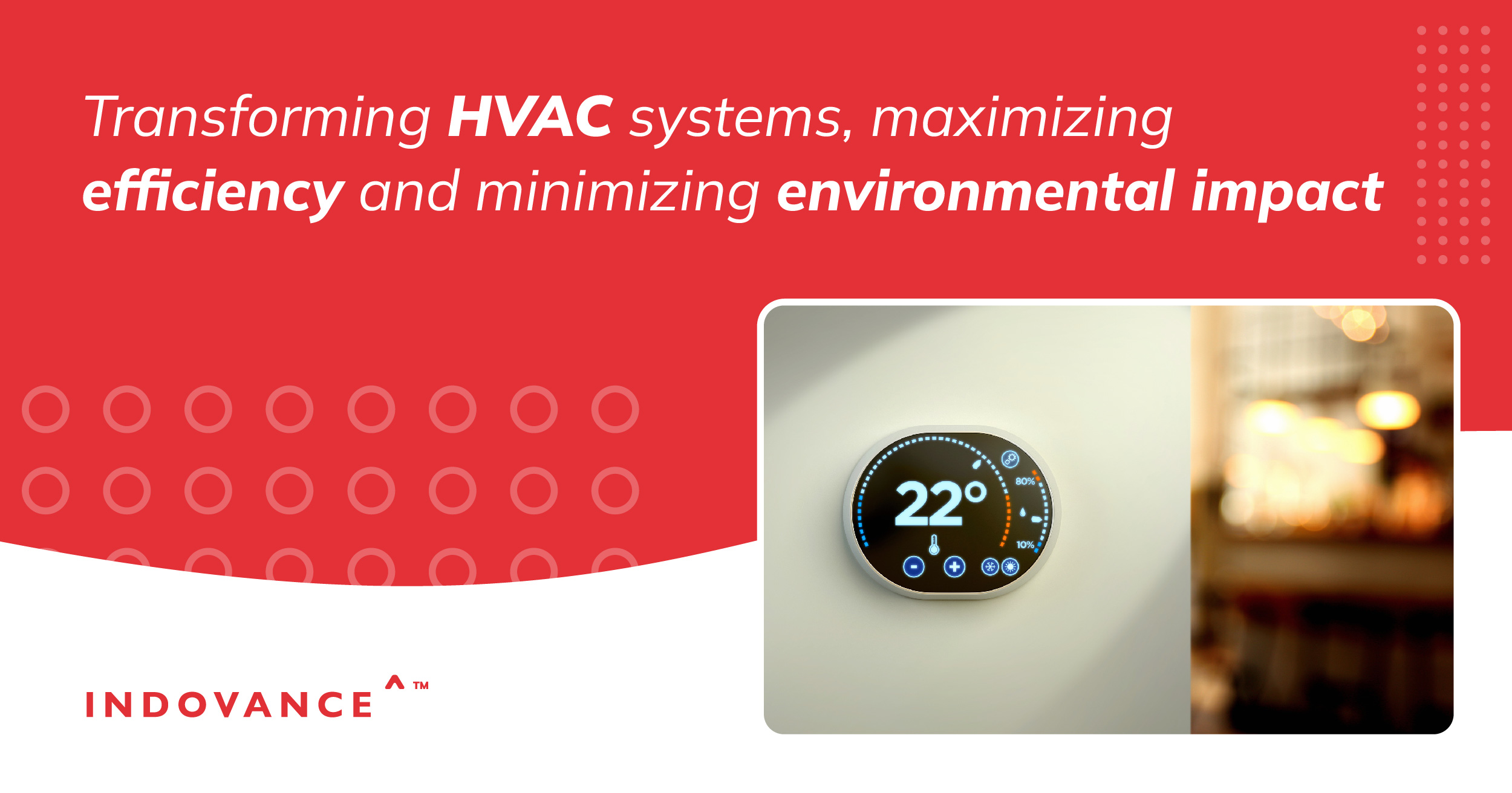As global temperatures continue to climb, so does the demand for cooling solutions. With rising heatwaves and extreme weather events becoming more common, the need for efficient HVAC (Heating, Ventilation, and Air Conditioning) systems is more pressing than ever. However, traditional HVAC systems significantly contribute to global electricity consumption and greenhouse gas emissions, worsening the climate crisis.
According to the UN Environment Program (UNEP), over 1 billion people face high heat risks due to inadequate cooling access, and these figures will soar with rising temperatures. More cooling systems are required but the problem is that cooling itself accounts for 20% of global electricity usage and nearly 7% of annual greenhouse gas emissions.
How can we keep ourselves cool while keeping emissions in check? Artificial intelligence (AI) emerges as a promising solution. Using AI, we can design energy-efficient HVAC systems and reduce their environmental impact!
Why AI?
The AEC industry is all about efficiency and innovation. We want ‘new’ while keeping net zero targets in mind. AI presents a compelling solution to optimize operations across operations. Its potential to streamline processes, enhance decision-making, and improve project outcomes is becoming increasingly evident. From automating repetitive tasks to predicting project risks and optimizing resource allocation, AI-powered tools and algorithms are revolutionizing how projects are planned, designed, and executed.
Furthermore, it can analyze vast datasets, identify patterns, and make data-driven recommendations. From manufacturing and healthcare to finance and retail, firms can use the technology to gain competitive advantage, enhance productivity, and meet evolving customer demands. As industries globally recognize AI as a leading skill and disruptor, the race to harness its potential intensifies.
Using AI to design sustainable HVAC Systems
We already know how 3D models or digital twins of structures can help us test different designs for the best results throughout different aspects, including HVAC systems. Adding AI to this process makes it even better since it can analyze lots of data from these models, find patterns, and predict outcomes very accurately.
We can improve these systems in real-time based on factors like electricity usage and cost. This means we can explore more design options, find the best ones faster, and create buildings that are smarter and more energy efficient.
Benefits of using AI in HVAC systems-
- Improved Energy Efficiency: AI algorithms can analyze data from sensors, weather forecasts, and historical usage patterns to optimize HVAC operations in real time. By dynamically adjusting settings such as temperature, airflow, and ventilation based on current conditions, it can significantly reduce energy consumption and associated costs.
- Enhanced Comfort and Indoor Air Quality: AI-powered HVAC systems can adapt to occupants’ preferences and environmental conditions, ensuring consistent comfort levels throughout buildings. Additionally, AI algorithms can monitor air quality parameters and proactively adjust ventilation and filtration systems to maintain optimal indoor air quality, thus promoting health and well-being.
- Predictive Maintenance: AI-enabled predictive maintenance algorithms can detect potential equipment failures or performance issues before they occur. It can identify patterns indicative of impending malfunctions and prompt proactive maintenance actions, minimizing downtime and extending equipment lifespan.
- Dynamic Scheduling: AI algorithms can optimize HVAC system schedules based on occupancy patterns, weather forecasts, and energy pricing fluctuations. By intelligently adjusting heating, cooling, and ventilation settings according to predicted demand and cost factors, further reducing energy consumption and utility expenses.
- Cost Savings: All the above benefits contribute to improving energy efficiency, reducing maintenance costs, and optimizing resource utilization, leading to significant cost savings for building owners and operators over time.
Summing up, by bringing AI into HVAC systems, we can address challenges posed by increasing temperatures and consequently increasing cooling demands. AI is bringing innovation, and reshaping the design, construction, and operation of buildings. With a commitment to sustainability and AI’s transformative potential, the industry can design intelligent, energy-efficient HVAC systems that will shape the future of the built environment.






